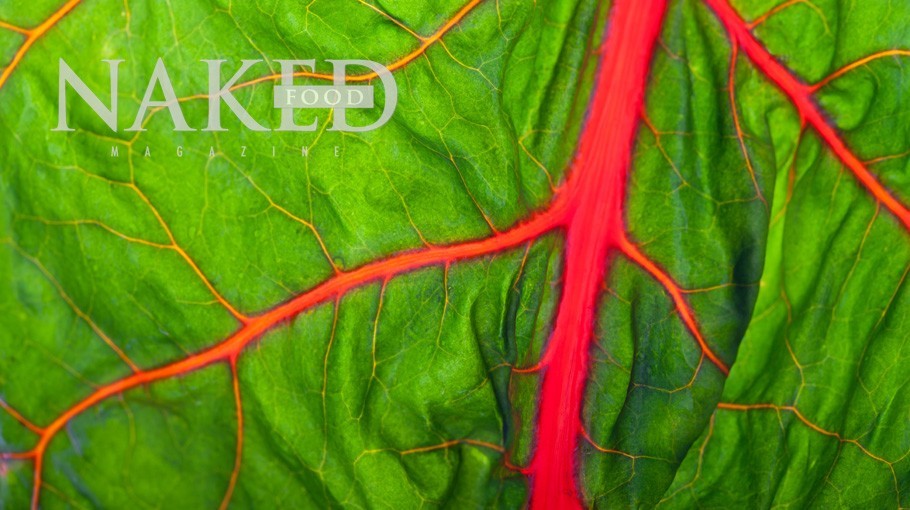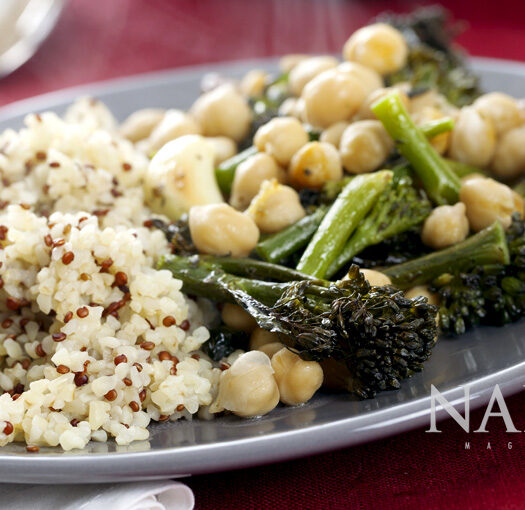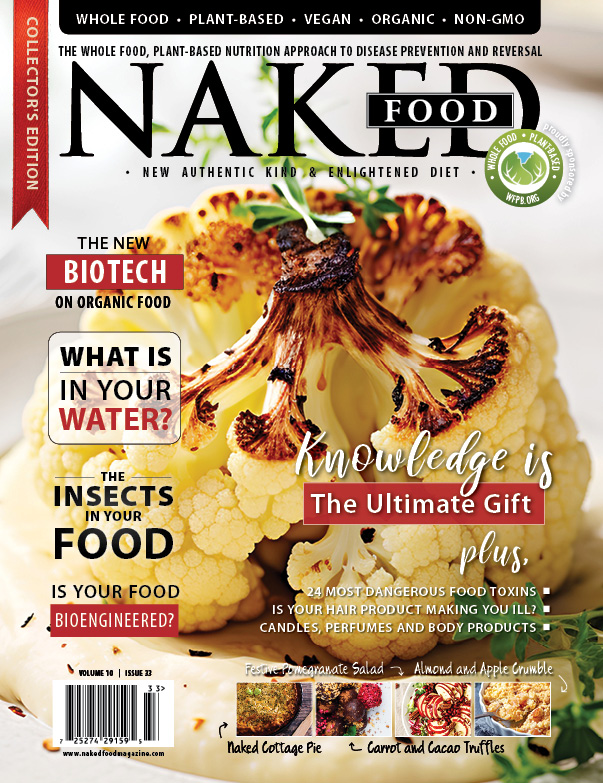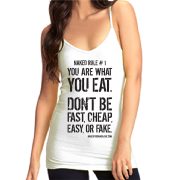Here are the facts. Coronary artery disease is the leading killer of men and women in Western civilization. In the United States alone, more than half a million people die of it every single year.
Three times that number suffer known heart attacks. And approximately three million more have “silent” heart attacks, experiencing minimal symptoms and having no idea, until well after the damage is done, that they are in mortal danger. In the course of a lifetime, one out of every two American men and one out of every three American women will have some form of the disease.
The cost of this epidemic is enormous—greater, by far, than that of any other disease. The United States spends more than $250 billion a year on heart disease. That’s about the same amount the nation spent on the first two and a half years of its military venture in Iraq, and fully twice as much as the federal government allocates annually for all research and development—including R&D for defense and national security.
But here is the truly shocking statistic: nearly all of that money is devoted to treating symptoms. It pays for cardiac drugs, for clot-dissolving medications, and for costly mechanical techniques that bypass clogged arteries or widen them with balloons, tiny rotating knives, lasers, and stents. All of these approaches carry significant risk of serious complications, including death. And even if they are successful, they provide only temporary relief from the symptoms. They do nothing at all to cure the underlying disease or to prevent its development in other potential victims.
I believe that we in the medical profession have taken the wrong course. It is as if we were simply standing by, watching millions of people march over a cliff, and then intervening in a desperate, last-minute attempt to save them once they have fallen over the edge. Instead, we should be teaching them how to avoid the chasm entirely, how to walk parallel to the precipice so that they will never fall at all.
I believe that coronary artery disease is preventable, and that even after it is underway, its progress can be stopped, its insidious effects reversed. I believe, and my work over the past twenty years has demonstrated, that all this can be accomplished without expensive mechanical intervention and with minimal use of drugs. The key lies in nutrition—specifically, in abandoning the toxic American diet and maintaining cholesterol levels well below those historically recommended by health policy experts.
The bottom line of the nutritional program I recommend is that it contains not a single item of any food known to cause or promote the development of vascular disease. I often ask patients to compare their coronary artery disease to a house fire. Your house is on fire because eating the wrong foods has given you heart disease. You are spraying gasoline on the fire by continuing to eat the very same foods that caused the disease in the first place.
I don’t want my patients to pour a single thimbleful of gasoline on the fire. Stopping the gasoline puts out the fire. Reforming the way you eat will end the heart disease.
Here are the rules of my program in their simplest form:
- You may not eat anything with a mother or a face (no meat, poultry, or fish).
- You cannot eat dairy products.
- You must not consume oil of any kind—not a drop. (Yes, you devotees of the Mediterranean Diet. That includes olive oil).
- Generally, you cannot eat nuts or avocado.*
You can eat a wonderful variety of delicious, nutrient-dense foods:
- All fruits.
- Leafy green vegetables, root vegetables, as well as veggies that are red, green, purple, orange, yellow and everything in between.
- All legumes: beans, peas, and lentils of all varieties.
- All whole grains and products, such as bread and pasta, that are made from them—as long as they do not contain added fats.
Pills or Plants? The Hard Facts on Nutrition and Sexual Health
It works. In the first continuous twelve-year study of the effects of nutrition in severely ill patients, which I will describe in my book Prevent and Reverse Heart Disease, those who complied with my program achieved total arrest of clinical progression and significant selective reversal of coronary artery disease. In fully compliant patients, we have seen angina disappear in a few weeks and abnormal stress test results return to normal.
The dietary changes that have helped my patients over the past twenty years can help you, too. They can actually make you immune to heart attacks. And there is considerable evidence that they have benefits far beyond coronary artery disease. If you eat to save your heart, you eat to save yourself from other diseases of nutritional extravagance: from strokes, hypertension, obesity, osteoporosis, adult-onset diabetes, and possibly senile mental impairment, as well. You gain protection from a host of other ailments that have been linked to dietary factors, including impotence and cancers of the breast, prostate, colon, rectum, uterus, and ovaries. And if you are eating for good health in this way, here’s a side benefit you might not have expected: for the rest of your life, you will never again have to count calories or worry about your weight.
An excerpt from Preventing and Reversing Heart Disease, Caldwell B. Esselstyn, Jr. M.D.
* Nuts:
For Health and Prevention: Healthy individuals with a cholesterol level of 150 and LDL of 80 or under (without cholesterol-lowering drugs), raw and no oil-added varieties of nuts are acceptable in the serving size of ¼ cup (2 ounces). Incorporation of nuts into a healthy dietary pattern has been associated with improvement in atherosclerotic cardiovascular disease risk factors.[i] Nut consumption has been inversely correlated with risk of Type 2 Diabetes Mellitus.[ii] [iii] [iv] [v] [vi] [vii]
For individuals with established heart disease or a condition that requires severe fat restriction, nuts and nut butters should be avoided. Chestnuts and Brazil Nuts are acceptable.
For Weight Loss: Use very sparingly when trying to lose weight or to avoid excess calorie consumption.
Seeds:
1-2 tablespoons of ground flax seeds or chia seeds daily for omega-3 are appropriate for everyone including cardiovascular disease patients. Whole flax seeds must be ground since they are not digestible whole.
For individuals with established heart disease, some seeds, like sunflower or pumpkin, baked in bread or crackers are acceptable.
Avocado:
For healthy individuals with a cholesterol level of 150 and LDL of 80 or under (without cholesterol-lowering drugs), and without cardiovascular disease and/or another condition that requires severe fat restriction, ¼ avocado a day is acceptable as part of any recipe or dish.
For individuals with established heart disease or a condition that requires severe fat restriction, avocados may need to be avoided.
For a complete list of nutrition recommendation, please review WFPB.ORG’s Universal Guidelines for Human Health.
[i] E. Ros. Health benefits of nut consumption. Nutrients, 2 (2010), pp. 652-682 [ii] Afshin, Ashkan, et al. “Consumption of Nuts and Legumes and Risk of Incident Ischemic Heart Disease, Stroke, and Diabetes: a Systematic Review and Meta-Analysis.” OUP Academic, Oxford University Press, 4 June 2014, academic.oup.com/ajcn/article/100/1/278/4576571. [iii] E. Viguiliouk, C.W. Kendall, S. Blanco Mejia, et al. Effect of tree nuts on glycemic control in diabetes: a systematic review and meta-analysis of randomized controlled dietary trials [iv] D. Zhou, H. Yu, F. He, et al. Nut consumption in relation to cardiovascular disease risk and type-2 diabetes: a systematic review and meta-analysis of prospective studies. Am J Clin Nutr, 100 (2014), pp. 270-277 [v] J. Sabaté, K. Oda, E. Ros Nut consumption and blood lipids: a pooled analysis of 25 intervention trials. Arch Intern Med, 170 (2010), pp. 821-827 [vi] J. Salas-Salvadó, J. Fernández-Ballart, E.Ros, et al., PREDIMED Study Investigators. Effect of the Mediterranean diet supplemented with nuts on metabolic syndrome status: one-year results of the PREDIMED randomized trial. Arch Intern Med, 168 (2008), pp. 2449- 2458 [vii] N. Babio, E. Toledo, R. Estruch, et al., PREDIMED Study Investigators Mediterranean diets and metabolic syndrome status in the PREDIMED randomized trial. CMAJ, 186 (2014), pp. E649-E657


























February 9, 2019
Not sure why avocados should be eliminated. I’ve always been told it’s good source of healthy plant based fat.
March 1, 2014
I have read his book and seen several presentation videos. It is great, but I do have one question about it. His study was to reverse heart disease, and so he cut out all nuts. That makes sense, better safe than sorry. But I wish he has done a nut, no nut, split study, so that we could know if nuts would have opened arteries.
All fat stops the process of opening arteries, I have heard. But I also know that the fat in nuts does not act like other fats, for example, it has been proven to NOT cause weight gain. So I think more study needs done specifically on whether you can OPEN arteries with reasonable seed/nut intake.
People take flax seeds, or eat walnuts … but if the goal is opening clogged arteries, is this bad?
December 31, 2017
I too have heard great things about walnuts and pecans and I’m a little confused about why anyone would suggest excluding those. I eat a serving everyday per Dr. Greger’s research.
August 2, 2013
Hear ye, hear ye! This great man, tells us all “NO OILS!!!!!” I emphasize because he wants people to know what he sees when he rips our innards apart. He has clearly explained how the plaques are formed and how the blockages take place. Therefore, just because we do not eat meat but we(people) eat manufactured food instead of all pure, whole food, we are paying a suffering price from all the oils and processed garbage in the fake foods.
Think about this: Look at nature itself. There is not one plant in the world made of pure oil. Therefore, it is not a natural product designed for animals. Look at wild animals. They do not pick all the olives, throw them in a tank and then hire elephants to walk on them to squeeze the precious oils out! First Cold Pressed! Extra Virgin! Are there “Extra Virgin” people? I do not think so! Ridiculous marketing terms designed to make us feel like they care about us.
Let’s have Veal tonight Honey. So really, the husband means, “Let’s go slaughter a baby calf and eat it’s tender virgin meat and flesh. Surely, this is the meat of the Gods.”
Extra Virgin First Cold Pressed Coconut Oil. “It prevents Dementia!” Oh, really! Go read Dr. Barnard’s new book and then tell me what you think.
Better yet, get rid of all the excuses and start treating your body with the healthy foods it has adapted to over millions of years. Plants, just like the animals in my yard.
Life is good! Isn’t it Naked Food Magazine? Thank you for keeping the truth on oils and fats out there.
July 27, 2013
Great information. I look forward to reading the published results of Dr. Esselstyn’s current heart patient study.